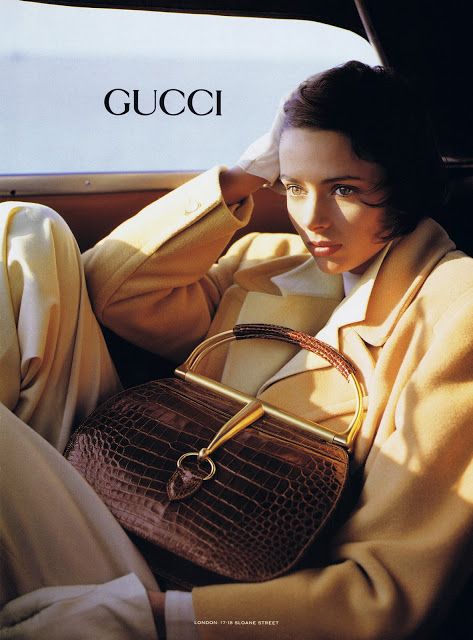Gucci stands as a paragon of Italian craftsmanship and a symbol of global luxury. Since its inception in 1921 by Guccio Gucci in Florence, Italy, the brand has evolved from a local leather goods manufacturer to a titan in the world of high fashion, embodying a mix of innovation, influence, and Italian craftsmanship. This essay delves into the rich history of Gucci, exploring its origins, evolution, iconic contributions to the fashion industry, and its position in contemporary culture.

The Genesis of Gucci
Guccio Gucci opened his first store in Florence in 1921, focusing on leather luggage and equestrian gear. Inspired by the luxurious luggage he saw while working in London’s Savoy Hotel, Guccio aimed to combine the refined aesthetics of English nobility with the unparalleled skills of Italian craftsmanship. This fusion gave birth to a new luxury paradigm that attracted a sophisticated clientele.

Expansion and Evolution
In the 1950s, under the leadership of Guccio’s sons, Gucci expanded beyond Italy, opening stores in New York City, London, Paris, and Tokyo, becoming a symbol of global luxury. The introduction of now-iconic elements like the bamboo handle, the GG logo, and the green-red-green web stripe further cemented Gucci’s status in the luxury goods market.
Iconic Products and Design Innovations
Gucci’s legacy is marked by several iconic products, including the bamboo bag, the Gucci loafer with the horsebit detail, and the GG Marmont bag. Each piece reflects Gucci’s commitment to quality, luxury, and style. The brand’s ability to innovate while staying true to its heritage has been a key factor in its enduring success.
Creative Revolutions
The appointment of Tom Ford as creative director in 1994 marked a significant turning point for Gucci. Ford’s bold, sexy aesthetic transformed the brand, reigniting its allure and boosting its global profile. Following Ford, Frida Giannini and later Alessandro Michele brought their unique visions to Gucci, with Michele’s eclectic, romantic, and somewhat eccentric style leading the brand into a new era of fashion that celebrates inclusivity, diversity, and sustainability.
Cultural Impact and Collaborations
Gucci’s influence extends beyond the runways; the brand has made significant cultural contributions through collaborations with artists, musicians, and filmmakers. Its partnerships with celebrities and involvement in social causes have made Gucci a cultural icon, shaping fashion trends and social narratives.
Sustainability and the Future
In recent years, Gucci has taken significant steps towards sustainability, launching eco-friendly lines and committing to reduce its environmental impact. The brand’s vision for the future includes a focus on innovation, sustainability, and a continued celebration of creativity.
Conclusion
From its humble beginnings in Florence to its status as a cornerstone of global luxury fashion, Gucci has navigated a century of change while maintaining its essence of Italian luxury and craftsmanship. Under the guidance of visionary leaders and through its commitment to innovation, Gucci has transcended fashion to become a cultural phenomenon. As it moves forward, Gucci continues to redefine luxury for the 21st century, promising a future where fashion, culture, and sustainability intersect.